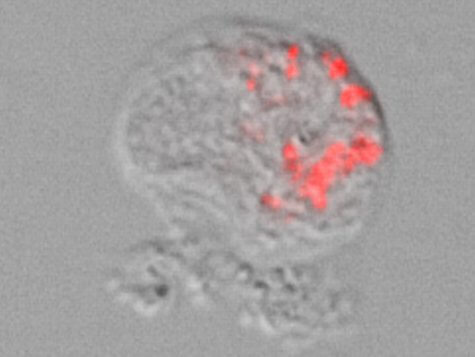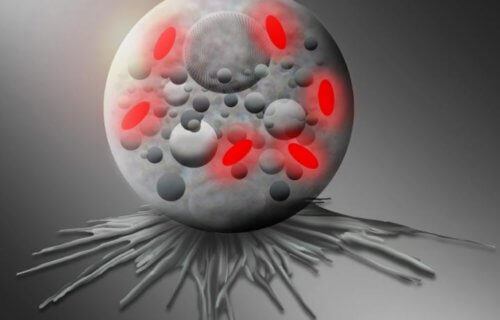COLOGNE, Germany — The name of the game when it comes to the popular video game franchise Pokémon is to “catch ’em all.” However, you probably don’t want to catch the “newest” Pokémon — a type of bacteria recently discovered in amoeba. German researchers say this bacteria is related to the potentially deadly lung parasites Legionella and may cause disease. Humorously though, they’ve decided to name it Pokemonas, since the spherical amoebae the bacteria reside in look a lot like “pokeballs” — the tools players use to catch their favorite video game monsters with.
Legionellales bacteria have long been studied by scientists due to their connection to lung disease in both humans and animals. Legionnaires’ disease is one example, and is caused by Legionella pneumophila, sometimes proving fatal. Legionellales bacteria act as parasites within the cells of their hosts, multiplying as intracellular parasites.
Discovering new carriers of Legionnaires’

Legionellales specifically prefer setting up shop within amoebae, which may refer to any microorganism that is not closely related, but shares a variable shape and crawling locomotion by means of pseudopods.
“We wanted to screen amoebae for Legionellales and chose a group of amoebae for our research that had no close relationship to the hosts that were previously studied. The choice fell on the amoeba group Thecofilosea, which is often overlooked by researchers,” explains study co-author Marcel Dominik Solbach from the University of Cologne in a release.
Sure enough, the Thecofilosea indeed appear to serve as hosts. Among Thecofilosea amoebae from environmental samples, study authors noted Legionellales species, including two previously unknown genera and one unknown species originating from the genus Legionella.
“The results show that the range of known host organisms of these bacteria is considerably wider than previously thought. In addition, these findings suggest that many more amoebae may serve as hosts for Legionellales – and thus potentially as vectors of disease. To investigate this further, we are now sequencing the complete genome of these bacteria,” adds project leader Dr. Kenneth Dumack.
The study appears in the journal Frontiers in Cellular and Infection Microbiology.
